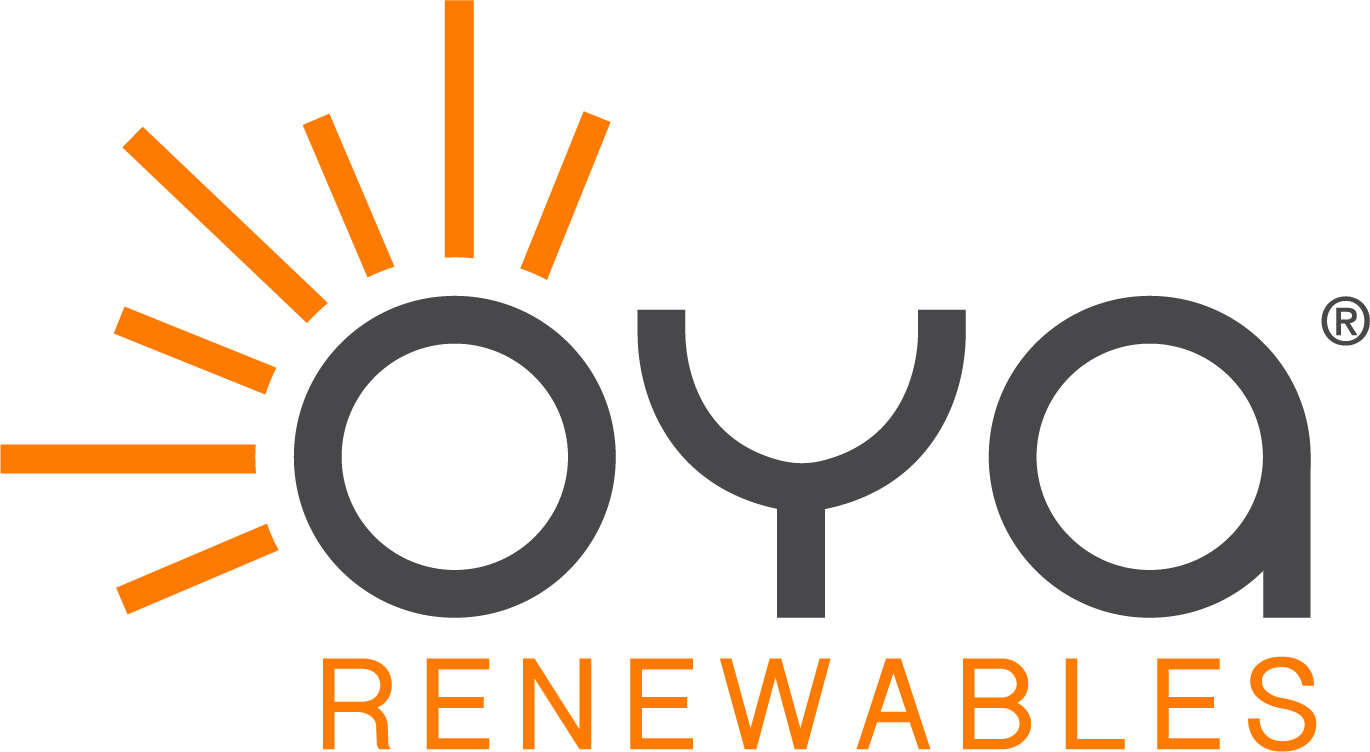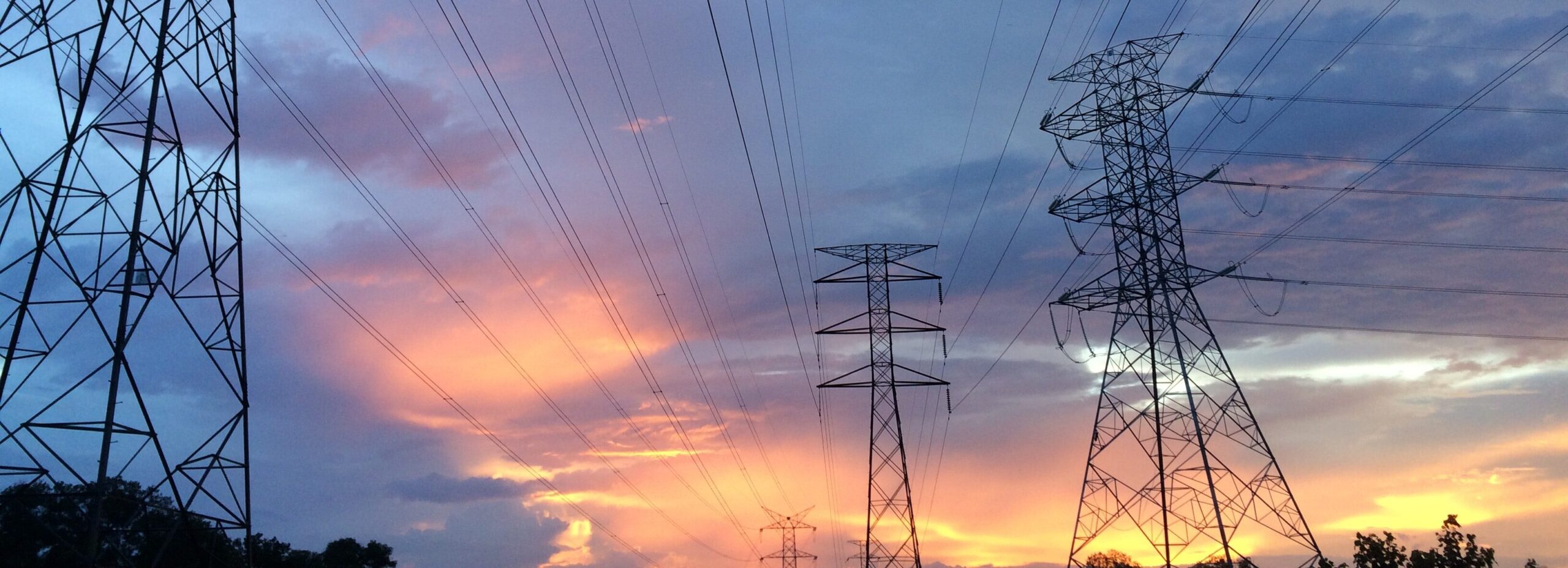What are the benefits of net metering and bill credits?
Net metering and similar solar bill credit programs account for the natural differences in the amount of energy that your solar panels will produce. In effect, net metering is the answer to the day-old question about solar: what happens at night?
When you feed electricity into the grid, your energy meter “runs backwards”. On the other hand, if your solar panels don’t produce enough electricity for your needs and you need to buy energy from your local utility, your meter “runs forward” as is the case for people not producing their own electricity.
The bill credits that you build up from selling your solar panel’s excess electricity to the grid can then be pulled during the morning, at night, or during the winter – whenever your solar panels are not producing enough electricity.
In effect, the electric grid becomes a huge solar battery that soaks up excess electricity you produce and gives it back to you when you need it.
What’s the difference between VDER and net metering?
VDER, or Value of Distributed Energy Resources (the Value Stack) has replaced net metering in the State of New York. It’s a new way to compensate distributed energy resources (DER) such as solar, wind, or hydro power.
So why did New York make the switch? Are there still bill credits under VDER?
The main difference between net metering and VDER is how your bill credits are calculated. With traditional net metering, you receive volumetric bill credits when you sell your excess electricity to the grid. This means that if you feed 20 kilowatt-hours (kWh) into the grid, you will have an equal credit amount of 20 kWh to use at your disposal.
With the new VDER program, you receive monetary credits which depends on where you are sending the electricity and at what time. The benefit of VDER is that your credits can roll over into future billing cycles. The rate of monetary credit that you receive under VDER is called the Value Stack Tariff. There are many variables that go into deciding the Value Stack Tariff, including: your location, solar system capacity, environmental value, demand reduction value, and locational adders.
You might be asking why someone would want to switch to VDER from traditional net metering. The answer lies in creating incentives for installing solar where it’s needed on the grid. VDER makes sure that areas of your state do not become overloaded while others become undersaturated from net metering. It also gives a better grid value accuracy, meaning you are compensated with higher detail.
As the solar market matures, the means for incentivizing greening the grid becomes more sophisticated and better able to handle the complexities of the modern grid. More sophisticated market mechanisms also give way to a broader range of solar options from owning and operating a solar array to Community Solar subscription.
One last word, going solar impacts more than your operating or household expenses. Going solar is a long-term investment in communities and the growth of renewable energy projects. It reduces local air pollution, lessens the impact of climate change, and supports economic development through job growth.

